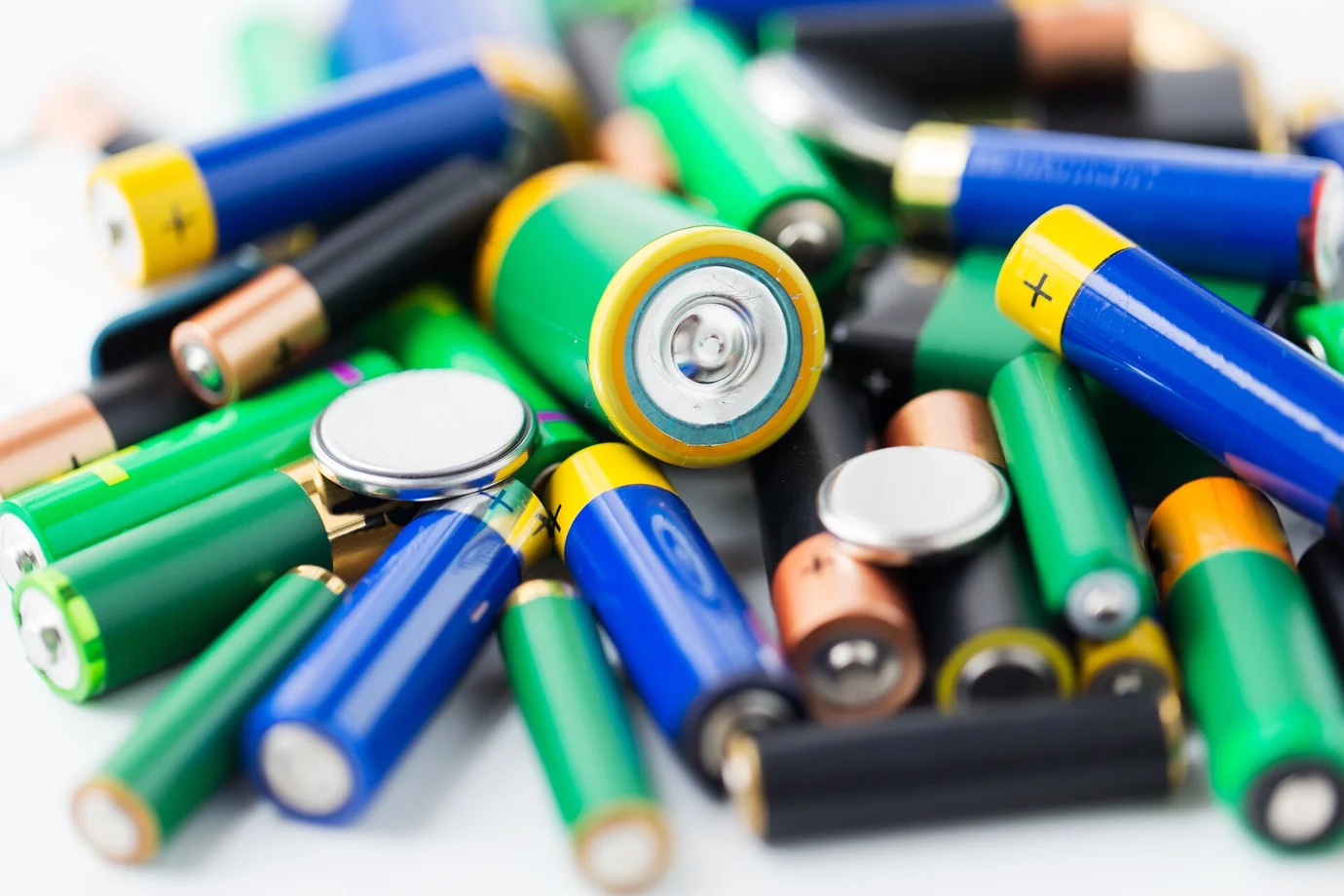Lithium-sulphur batteries – an alternative to lithium-ion batteries?
Lithium-sulphur (Li-S) batteries are considered promising energy storage devices of the future. They offer the potential for significantly higher energy density and lower costs than conventional lithium-ion batteries. At the same time, they do not require critical raw materials such as cobalt or nickel, making them more environmentally friendly.
Structure of a lithium-sulphur battery
Li-S cells combine a lithium metal anode with a sulphur cathode, which is usually mixed with carbon to improve conductivity. Between them lies the electrolyte – currently mostly liquid, but increasingly solid in the future – through which the ions move. When the cell is in operation, various lithium sulphides (Li₂S₈ to Li₂S) are produced as intermediate products.
- Anode: Pure lithium metal
- Cathode: Sulphur, often combined with carbon to increase conductivity
- Electrolyte: Usually liquid, but also solid in newer developments (e.g. glass electrolyte)
- Intermediate products: Various lithium sulphides (Li₂S₈ to Li₂S) are produced during discharge.
How it works
During discharge, lithium oxidises at the anode, the ions migrate through the electrolyte and react with sulphur at the cathode to form lithium sulphides (Li₂Sₓ). During charging, these compounds break down again: sulphur regenerates at the cathode, lithium is deposited at the anode. Two voltage levels of around 2.4 V and 2.1 V are typical.
Discharge:
Lithium is oxidised at the anode, the lithium ions migrate through the electrolyte to the cathode, where they react with sulphur to form lithium sulphides (Li₂Sₓ).
Charge:
The lithium sulphides decompose again, sulphur is regenerated and lithium is deposited on the anode.
The charging and discharging process typically involves two voltage levels at approximately 2.4 V and 2.1 V.
Benefits
Li-S offers a very high specific energy density (theoretically up to ~2,500–2,600 Wh/kg, in practice already significantly higher than many Li-ion systems). Sulphur is inexpensive and abundant, and the chemistry does not require nickel or cobalt. Its low weight makes Li-S particularly attractive for drones, aviation and, in the future, electric vehicles.
- High energy density: theoretically up to 2,500–2,600 Wh/kg, currently around 350–700 Wh/kg in practice.
- Inexpensive materials: Sulphur is inexpensive and abundant.
No critical raw materials: No cobalt or nickel required. - Lightweight: Suitable for aviation, drones and potentially also electric cars.
Challenges & Current Developments
The biggest hurdle is service life: polysulphide ‘shuttles’ and material degradation limit cycle stability. In addition, the volumetric energy density (per litre) is lower than that of many lithium-ion cells – which is relevant when installation space is limited. The lithium metal anode requires special measures to prevent instability and dendrite formation.
Current developments show that research into solid-state electrolytes and improved cathode structures is increasing stability and cycle count. Fast-charging prototypes demonstrate short charging times in the double-digit minute range, and concept cells indicate very high ranges in electric vehicles. The transition from the laboratory to scalable series production is the next crucial step.
Conclusion:
With their high energy density and the use of inexpensive materials, lithium-sulphur batteries could play a central role in electric mobility, aviation and portable electronics in the future. Research and development is currently focused primarily on increasing service life and improving safety. Service life, safety and manufacturing still need to mature before they can be widely used.
As with lithium-ion batteries, transport, storage and charging remain critical safety factors, for which we recommend our RETRON BOX, among other things. The fireproof box for batteries effectively prevents the spread of fire and protects people from heat and flying splinters.



